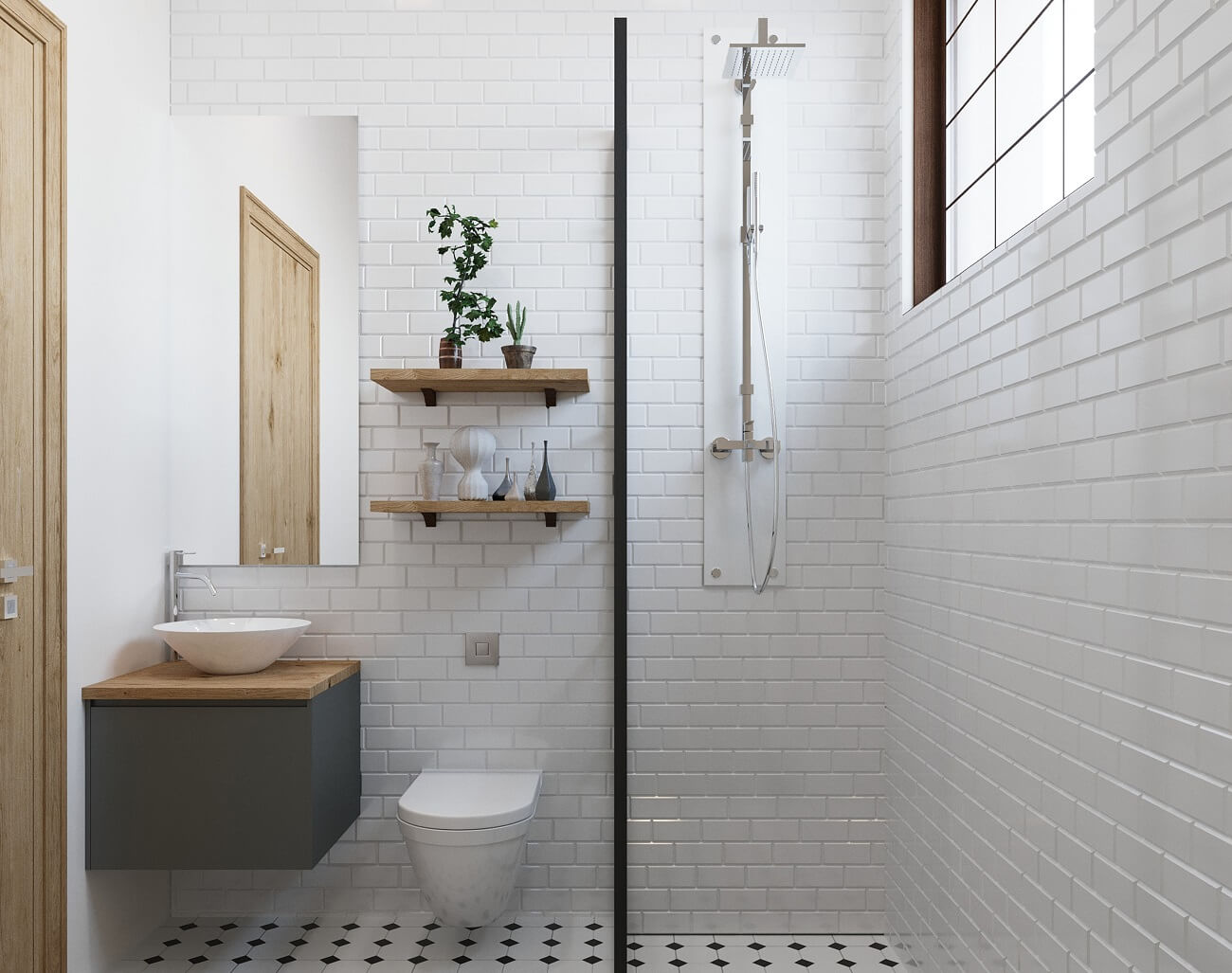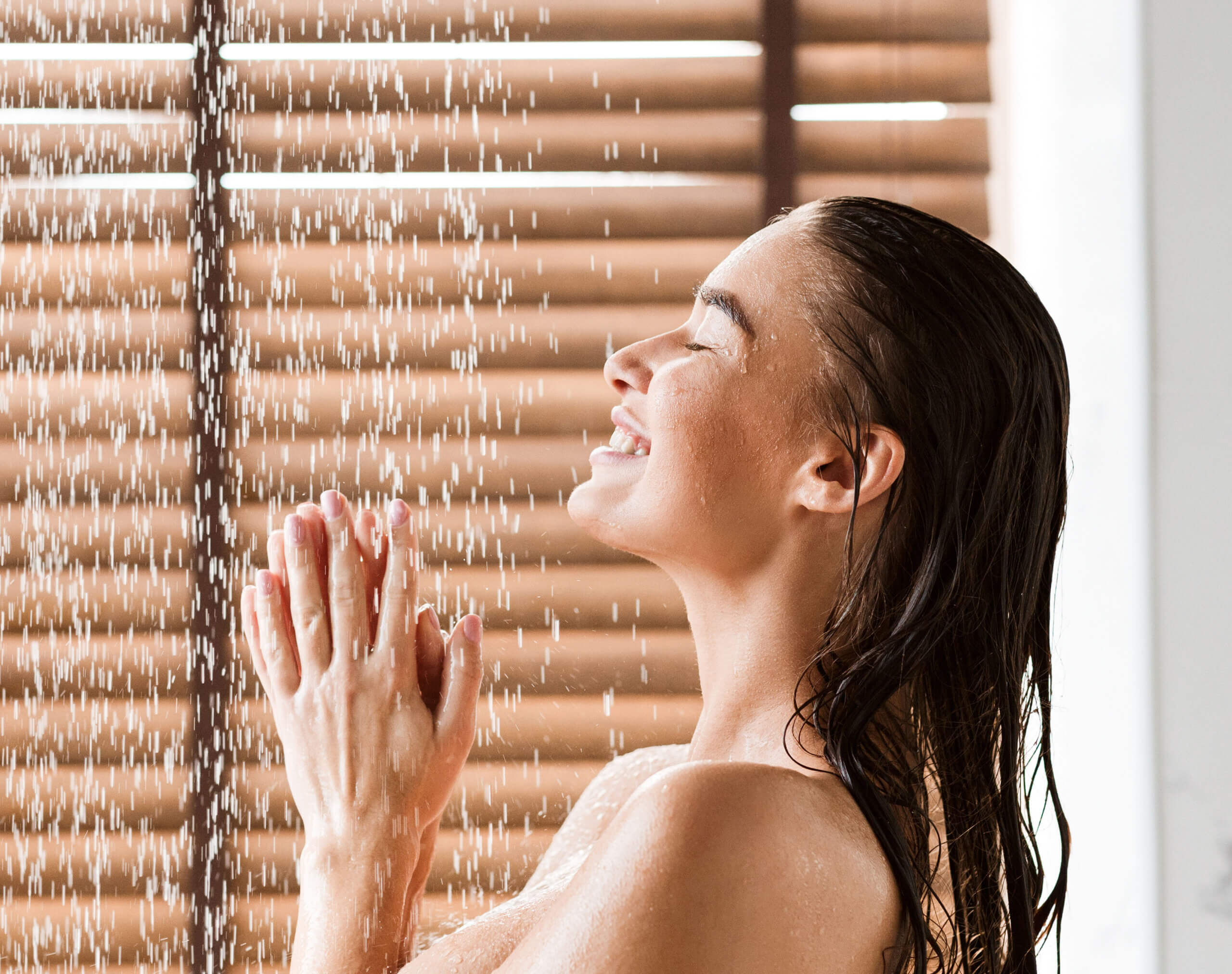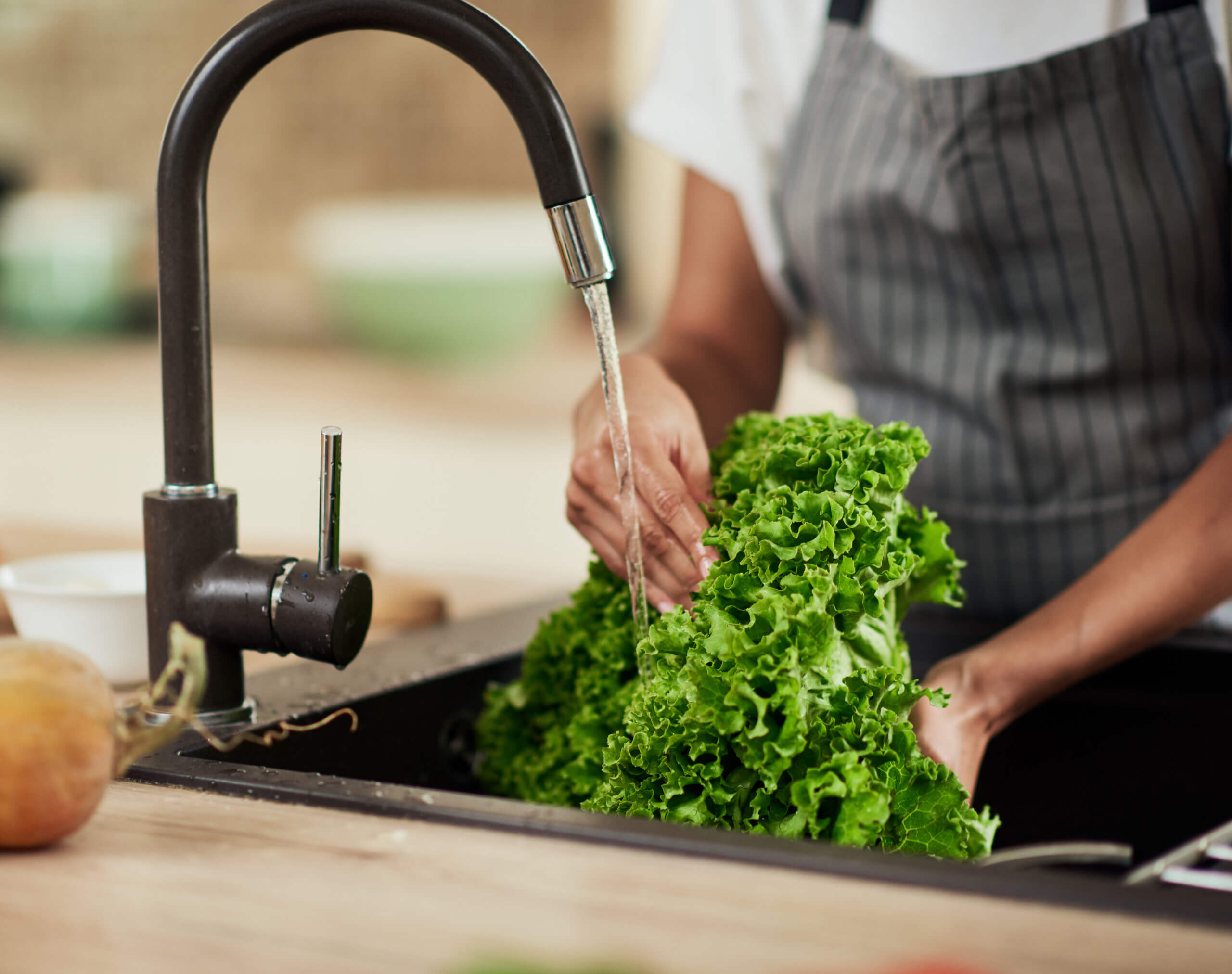Hey guys! Today I want to talk to you about a topic that is very important to me personally: avoiding plastic – or more precisely – microplastics! In a world where the production of plastic is unstoppable, avoiding microplastics in the bathroom has become an urgent necessity. Every year, millions of tons of plastic waste are produced worldwide, and microplastics in particular have a devastating impact on our oceans and the organisms that live in them. Microplastics are created by the decomposition of larger pieces of plastic or are intentionally used in products such as scrubs and toothpastes. However, the tiny particles, which are often smaller than 5 millimeters, can cause massive problems.
The danger of microplastics
Microplastics enter our environment via various routes and have a serious impact on wildlife. These tiny particles are often ingested by marine animals such as fish, crabs and mussels. The consumption of microplastics can lead to serious health problems and can pass through the food chain to us humans.
How microplastics get into our rivers, lakes and the sea
Microplastics find their way into rivers, lakes and the sea in different ways, with many sources coming directly from our daily lives.
Abrasion of tires and road surfaces: Every time you brake and through everyday road traffic, abrasion is produced from tires and road surfaces. These tiny particles enter sewer systems via rainwater and from there into rivers and ultimately into the sea.
Wastewater and sewage treatment plants: Microplastics also end up in rivers and oceans via wastewater. This can occur through the washing of synthetic clothing, the rinsing of cosmetics and the use of cleaning agents containing microplastics. Sewage treatment plants cannot effectively filter all microplastic particles, meaning that a significant proportion ends up in the environment.
Agricultural inputs: The use of artificial fertilizers and pesticides containing microplastics causes them to enter soil structures and ultimately rivers and lakes.
Plastic waste outdoors: Carelessly disposed of plastic waste outdoors is transported into waterways by wind and rain.
Over time, this waste decomposes into microplastics, which then enter the waterways.
Three quarters of marine litter consists of plastic, with 4.8 – 12.7 million tons of plastic entering the oceans every year. This plastic is a constantly growing problem and kills tens of thousands of animals every year. This is because it can take several hundred to thousands of years for plastic to completely decompose. [1]
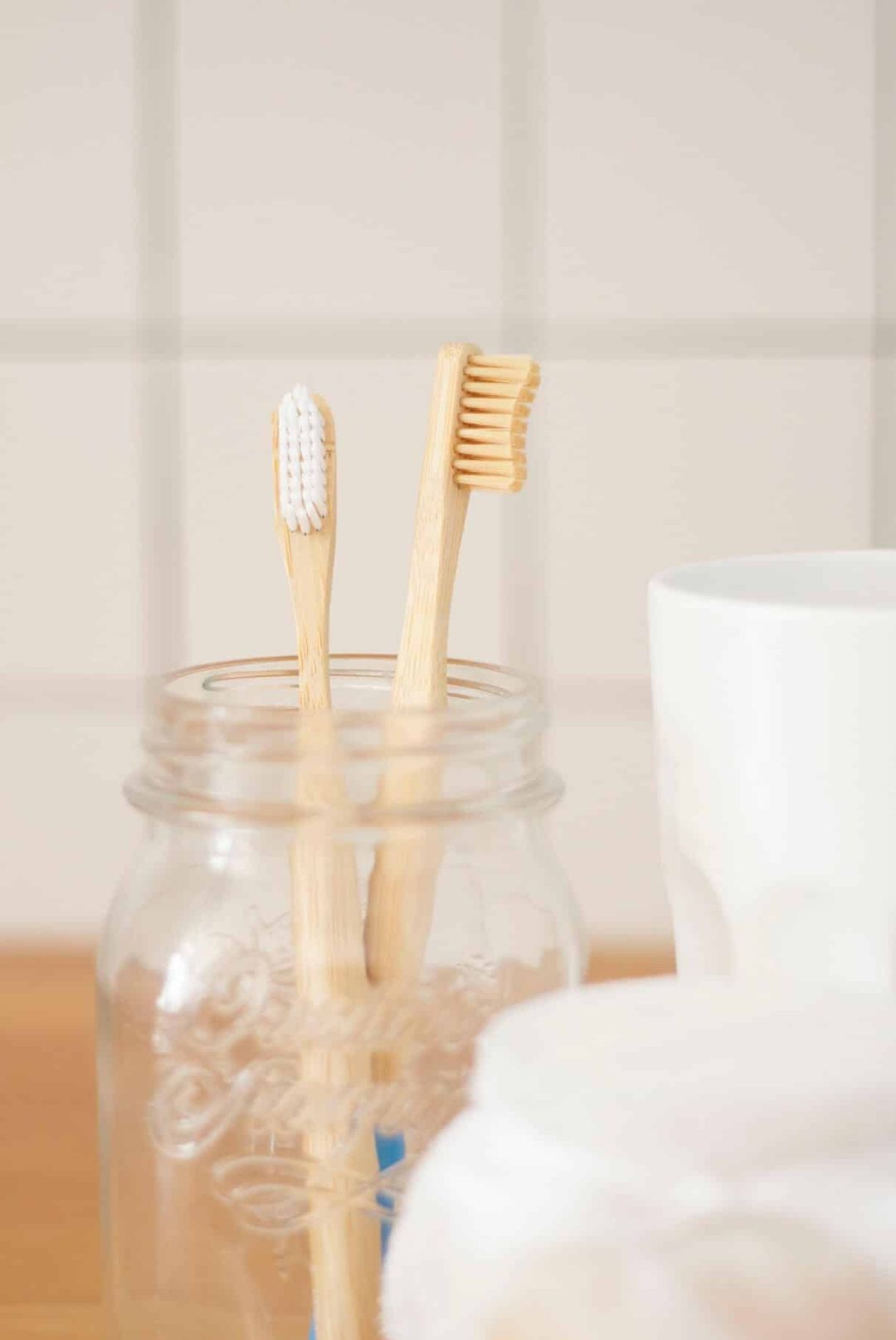
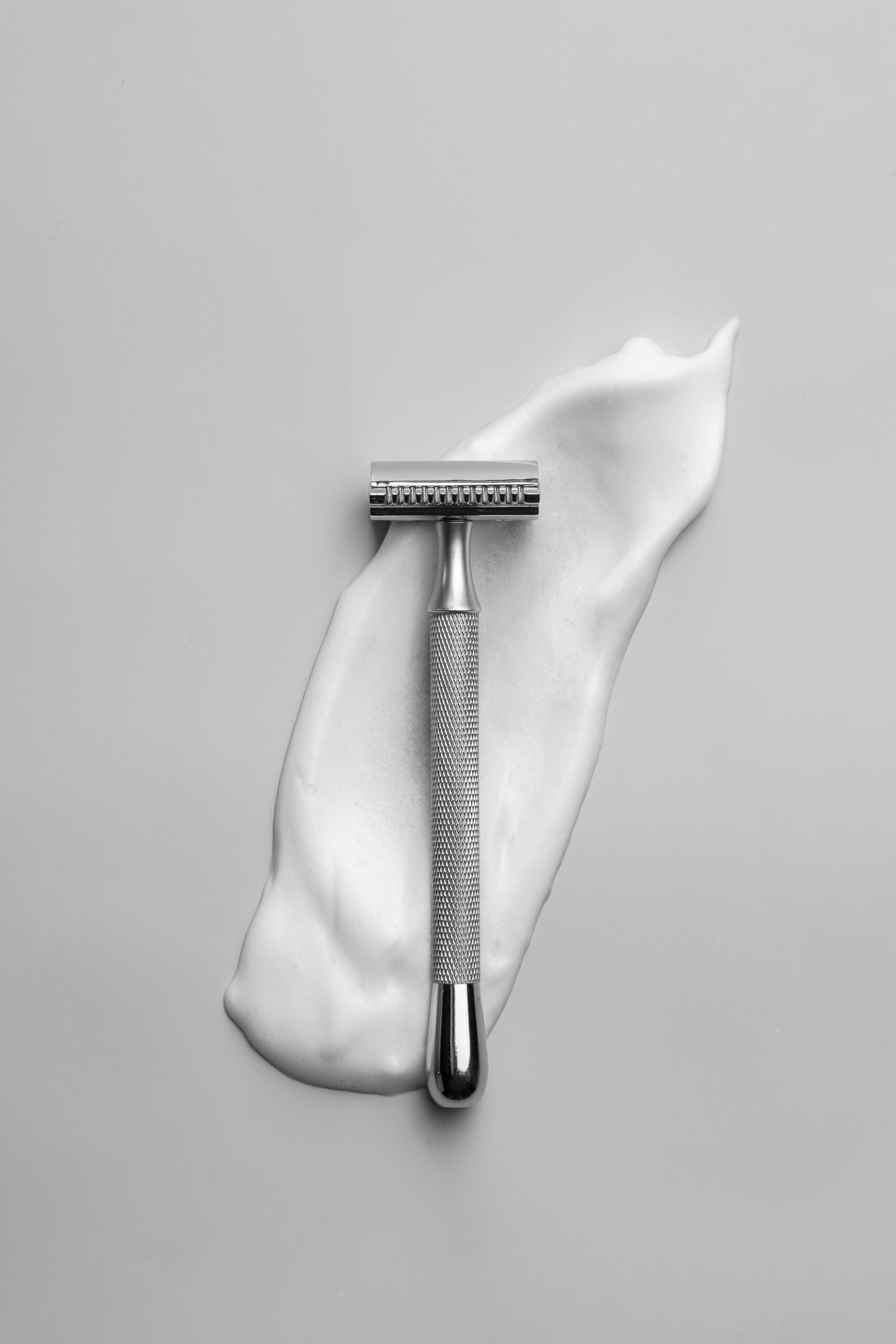

Effects on the animal world
Health problems: Microplastics can contain chemical substances that are toxic. If animals ingest these particles, they can develop serious health problems, including impaired fertility.
Stomach blockage: Many sea creatures mistake microplastics for food, which leads to blockages in their stomachs. This can lead to a lack of nutrient absorption and, in the worst case, to death.
Ecosystem change: The introduction of microplastics can disrupt the natural balance in ecosystems by polluting the habitats of marine life and endangering biodiversity
Effects on humans
Health risks: As microplastics can enter our bodies through the food chain, there is a risk of health problems. The long-term effects on humans are still being researched, but initial studies indicate potential risks.

10 tips for a plastic-free bathroom
Here are ten simple but effective tips for your eco-friendly bathroom:
1. compostable cotton buds: Opt for 100% natural cotton buds cotton buds made from bamboo and cotton to avoid microplastics in conventional cotton buds. The fully compostable ear cleaners can be safely disposed of in the organic waste garbage can. Alternatively, you can also reusable cosmetic sticks can also be used. They are ideal for make-up corrections or are also perfect as ear sticks. The silicone tips are very easy to clean.
2. plastic-free cosmetic pads: Reduce not only plastic but also microplastics by using washable and dryer-safe cosmetic pads. cosmetic pads suitable for tumble drying. Conventional cotton pads often contain microplastics. Washable at up to 60 degrees, they are clean again in no time at all.
3. towels made from organic cotton: reduce the amount of microplastics entering the sea by switching to towels organic cotton towels. Every wash of conventional towels can release plastic fibers.
4. use plastic-free shower gel and hair soap: Avoid microplastics in conventional shower gel and shampoo by using plastic-free soap and sustainable shower gel and shampoo.
5. toothbrushes made from bamboo: take a stand against microplastics and plastic waste by choosing environmentally friendly toothbrushes made from bamboo. Bamboo toothbrushes with charcoal bristles are not only packaged plastic-free, but can also be disposed of in organic waste.
“
What we do today determines what the world will look like tomorrow.
Marie von Ebner-Eschenbach
6. natural dental floss: Dental care is important! However, conventional dental floss is made of nylon and is problematic because it is often waxed and packaged in plastic. Alternatives such as dental floss made from silk (wax-coated and in glass bottles), vegan dental floss made from castor oil (with plant-based fibers and sustainable packaging), or vegan dental floss made from corn starch (in a pretty refillable glass bottle) offer environmentally friendly alternatives.
7. plastic-free shaving: Disposable razors in particular cause a lot of plastic waste. A system razor is already a lot more environmentally friendly, but it can also be even more sustainable, namely with a safety razor. Although a safety razor is usually more expensive to buy than a conventional razor, it is much more durable and the blades are also much cheaper.
8. deodorant without plastic: Deodorants are often available in spray cans, which are undoubtedly practical, but also cause a lot of waste. Even roll-on deodorants, although slightly more environmentally friendly, are largely made of plastic. An effective way to reduce plastic in the bathroom is to switch to deodorant creams and solid deodorants. These not only offer a sustainable alternative, but are also more environmentally friendly and help to minimize plastic consumption.
9. plastic-free through the days: hygiene products such as tampons and pads contribute significantly to waste pollution as they are usually made predominantly of plastic. Reusable pads, panty liners and menstrual cups made of silicone offer an environmentally friendly alternative that can be easily cleaned in the washing machine and used for a long time. In addition, sustainable menstrual underwear is also gaining popularity as an environmentally friendly alternative to conventional disposable products.
10. thinking big in the restroom: Toilet paper in shops is often packaged in plastic, and unpackaged stores, which offer a plastic-free alternative, are mainly present in large cities. Although cardboard-wrapped toilet paper is available online, it is more expensive than in retail stores, which puts many people off. A practical solution is to buy toilet paper in larger quantities to reduce plastic waste. The packaging can then even be reused as bin liners. It is important to use recycled paper. If you want to do without toilet paper completely, you can try a toilet hand shower – it’s unusual at first, but is often perceived as a more hygienic alternative. If you don’t care about the price and still want to give it a try, you will find here find what you are looking for.
It is time to actively avoid not only plastic, but also microplastics. Together, we can have a positive impact on the environment and stop the pollution of our oceans. Join in and make your bathroom plastic-free so that our beautiful planet remains a place worth living not only for us, but also for future generations!
Sources:
1 WWF Germany (2023): No sea can swallow this anymore: Our oceans are sinking in plastic waste; (https://www.wwf.de/themen-projekte/plastik/plastikmuell-im-meer )
